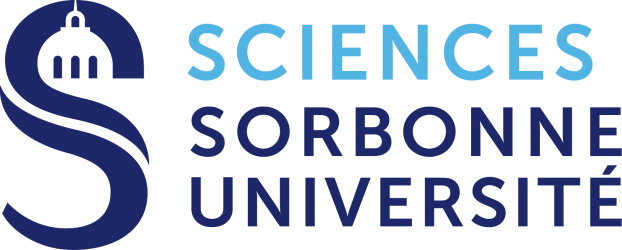Plant diseases may affect the root, steam and leaves of plants resulting in
a sizable drop of revenue for farmers as crop’s quality is affected and may
lead to food shortage and food chain disruption [1]. Traditionally, a crop
disease can be detected by visual inspection which can be a tedious
enterprise which is time and effort consuming, and errors prone. Farming
has developed extensively in the last few decades taking advantages from
developments in chemistry, physics, sensing technology, data processing and
analytics, artificial intelligence and IoT [1,3-4]. The demand for mobile
portable applications in agriculture has increased as portable technology
ubiquitousness allows for a wider deployment and a better
cost-effectiveness. With the technology, farmers can identify and detect
early infections and diseases and hence mitigate their impact, improve
treatments outcome and can prevent further infections from re-occurring.
Portable spectroscopy can be used to detect the presence of diseases on
leaves and categorise healthy plants from unhealthy ones. Such a technology
has found use in many agro-food applications as it offers short processing
times, cost-effectiveness, portability and ease-of-deployment [2,5].
Spectroscopy is the analysis of matter and its interaction with
electromagnetic radiations; and a spectral signature is the variation of
reflectance or emittance of a material with respect to wavelengths. It is a
non-destructive way to find the fingerprints of components; and hence is a
suitable method to inspect plants’ samples.
Reflectance is a measure of electromagnetic energy that bounces back from
the surface of a material; and the leaf reflectance in the visible and
near-infrared ranges are influenced by a variety of interactions (including
leaf surface and water content) which can lead to a suitable use in
classification and detection. Further, green vegetation spectral signatures
can show pigmentation in plant tissues as Chlorophyll growth is affected.
Hence it can be used for anomaly detection in remote sensing applications.
Counting the number of insects of various species is important for planning
pest control, and for guiding agricultural policy. Computer vision
algorithms can be trained with the captured footage to detect the soil
conditions, analyse the aerial view of the overall agricultural land, and
assess crop health information. Computer vision-enabled machines can be
used in sorting and grading the harvest; while automating such tasks can
offer efficiency [2,3].
Hyperspectral imaging in agriculture can significantly extend the range of
farming issues that can be addressed using remote sensing. Almost every
farming issue (weeds, diseases, etc.) changes the physiology of plants, and
therefore affects its reflective properties. Healthy and unhealthy crops
reflect the sun light differently which renders it possible to detect such
changes in the physiology of the plants and correlate them with spectra of
reflected light.
Hence the objectives of this research proposal are:
To address the complexity of crop disease monitoring and detection in the
context of smart farming taking account of different data types.
To develop a solution that integrates both computer vision and spectroscopy
related information.
To design an AI based system for classification of diseases and anomaly
detections.
Essential criteria
Applicants should hold, or expect to obtain, a First or Upper Second Class
Honours Degree in a subject relevant to the proposed area of study.
We may also consider applications from those who hold equivalent
qualifications, for example, a Lower Second Class Honours Degree plus a
Master’s Degree with Distinction.
In exceptional circumstances, the University may consider a portfolio of
evidence from applicants who have appropriate professional experience which
is equivalent to the learning outcomes of an Honours degree in lieu of
academic qualifications.
Desirable Criteria
If the University receives a large number of applicants for the project,
the following desirable criteria may be applied to shortlist applicants for
interview.
– First Class Honours (1st) Degree
– Masters at 70%
– Experience using research methods or other approaches relevant to the
subject domain
– Work experience relevant to the proposed project
– Publications – peer-reviewed
for further information, please
visit https://www.ulster.ac.uk/doctoralcollege/find-a-phd/1455586

M2 Apprentissage et Algorithmes (M2A)
Master Mathématiques et Applications / Master Informatique – Sorbonne Université